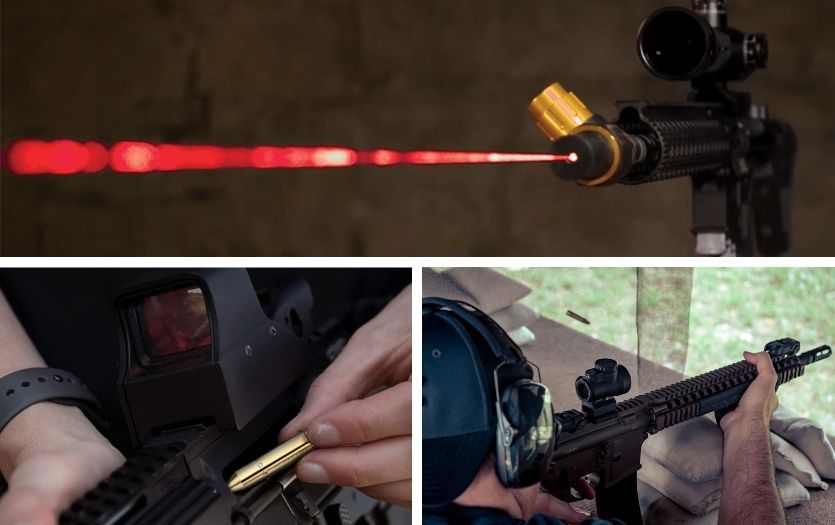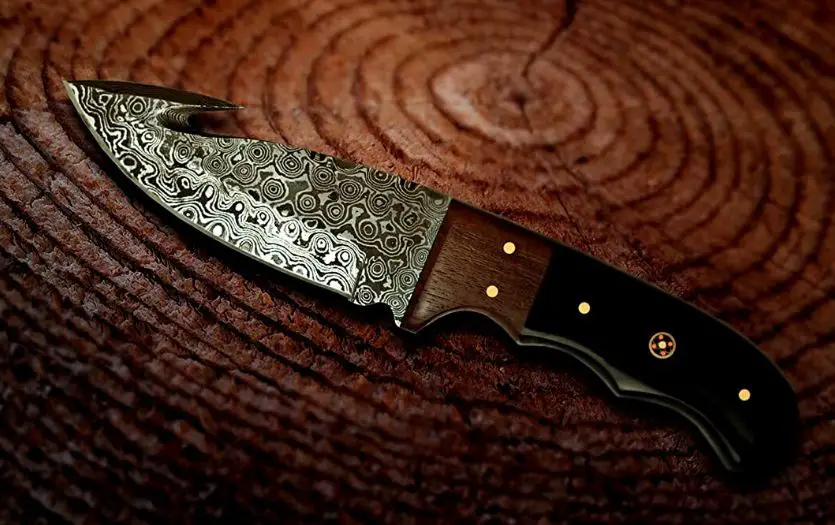What Do The Numbers on Binoculars Mean
Learn what the numbers on your binoculars mean and how to adjust the focus. This guide is perfect for anyone who wants to better understand their binoculars and get the most out of them!
Wondering what those numbers on your binoculars mean?
Wonder no more! In this article, we'll explain everything you need to know about binocular numbers so that you can choose the perfect pair for your needs.
That's where our guide to understanding binocular numbers comes in. By understanding what each number represents, you can easily find the perfect pair of binoculars for your needs. Whether you're looking for a compact model that's easy to take with you on hikes or a powerful set that can see across long distances, this information will help you make an informed decision.
Check out our guide to understanding binocular numbers and find the perfect pair for your needs today!
Decoding The Numbers On Your Binoculars
Have you ever picked up a pair of binoculars and noticed that there are two numbers printed on them, like 8x42? And have you ever wondered what those numbers meant? If so, you're not alone. Let's take a look at what those numbers mean and how they can help you choose the right pair of binoculars for your needs.
First number
It represents the magnification power, or how many times an object will appear to be magnified when viewed through binoculars. For example, a magnification power of 10x will make the object appear ten times larger than it would if you were viewing it with the naked eye. And if you're looking at an object that's 100 yards away with 10x50 binoculars, it will appear as if it's only 10 yards away.
Generally speaking, higher magnification is better—but only up to a point. If you go too high (say, 12x or more), small movements of your hands can cause the image to shake severely, making it difficult to see anything at all. Expensive binoculars come with image stabilizers to nullify this effect.
Second number
The second number is known as the objective lens diameter, and it is measured in millimeters. This number indicates how much light can enter the binoculars, which is important because it affects how much detail you can see and how bright the image will be. In general, a larger objective lens diameter will result in a brighter and more detailed image.
However, it's also important to keep in mind that binoculars with larger objective lenses are usually heavier and more expensive than those with smaller objective lenses. As a result, it's important to choose the right combination of magnification power and objective lens diameter depending on your needs.

You might find another one or two other numbers written on your binoculars, one expressed in degrees and the other in ft.
The number expressed in degrees refers to the angular field of view. It represents the maximum viewing angle and is affected by the optical system and the distance between the viewer's eyes and the eyepiece. The larger the number, the wider the area you can see. This number is usually between 4 and 7 for most binoculars.
The final number, typically between 30 and 60 (sometimes more), expresses the linear distance (in feet) that you can see at 1,000 yards with your binoculars. This represents the field of view (FOV) generally expressed in feet per 100 yards.
Sometimes it is also mentioned in feet per 1000 yards or meters.
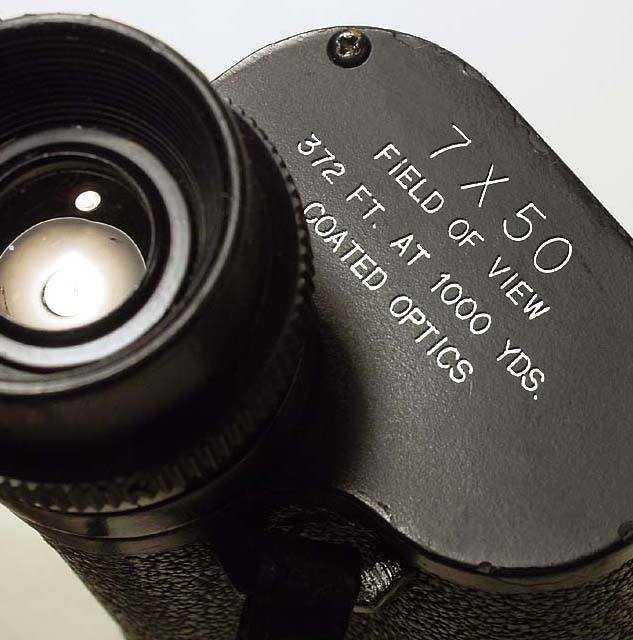
For example, in the above binocular, a FOV of 372 feet at 1000 yards is mentioned.
So, if you have this pair of binoculars you can expect to see an image of 372 feet in length from left to right, at a distance of 1000 yards from you. And its angular Field of View is around 7.08 degrees (this is because an angle of 1 degree equals 52.5 feet). For some more mathematical explanations, you can check out this article from Nikon.
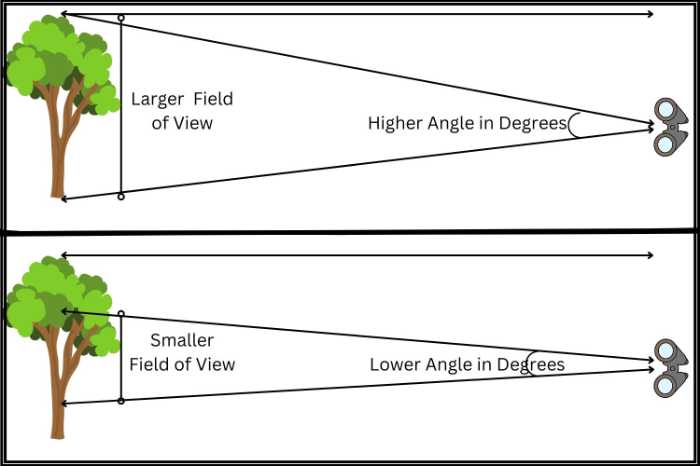
Let's Take Some Examples
What do 30x60 binoculars mean?
30x60 binoculars have a magnification power of 30x and an objective lens diameter of 60 mm. This type of binocular is great for birdwatching, wildlife observation, and other activities where you need to see distant objects clearly.
What do 10x50 binoculars mean?
10x50 binoculars have a magnification power of 10x and an objective lens diameter of 50 mm. This type of binocular is good for general use, such as concerts, sports events, and nature walks.
What do 8x32 binoculars mean?
8x32 binoculars have a magnification power of 8x and an objective lens diameter of 32 mm. This type of binocular is smaller and lighter than other types, making it easy to carry around. It's a good choice for general use and travel.
What do 10-22x50 binoculars mean?
10-22x50 binoculars have a variable magnification power that can be changed from 10x to 22x and an objective lens diameter of 50 mm. This type of binocular is good for long-distance viewings, such as watching wildlife or observing the night sky.
You can take a look at this helpful video from Eagle Optics for a better understanding:
How to Adjust the Focus on Binoculars Using the Numbers
If you're an avid bird watcher, hunter, or nature lover, then you know how important it is to have a good pair of binoculars. But even the best binoculars are useless if you don't know how to focus them properly.
A Simple Guide
There are two types of focusing mechanisms on binoculars: center focus and individual eyepiece focus.
Center-focus binoculars have a knob in the center of the body that adjusts both eyepieces simultaneously. Individual eyepiece focus binoculars have a knob on each eyepiece that adjusts the focus for that specific eye.
Most binoculars have a diopter adjustment on one of the eyepieces. This is used to fine-tune the focus for each eye and compensate for any difference in vision between your eyes. The diopter adjustment is usually in the form of a small knob or lever that can be turned with your finger.
To adjust the focus on your binoculars, start by looking through them at a distant object. Then, use the center focus knob (if applicable) to bring the object into sharp focus. Next, use the diopter adjustment to fine-tune the image for each eye until it looks clear and sharp.
If you're still having trouble getting a clear image, try moving your head around slightly until it comes into focus.
You can take a look at this helpful video from Nikon for a better understanding:
Conclusion
Binoculars are a great tool for birdwatching, hunting, concerts, sports events, and more. But before you can enjoy their benefits, you need to know some of the little things about your binoculars and their numbers and/or symbols on the body.
And if you're an avid birdwatcher, and you're in the market for a new pair of compact binoculars, be sure to check out our article on the best compact binoculars. You won't be disappointed.
Some other articles related to hunting optics that you might like:
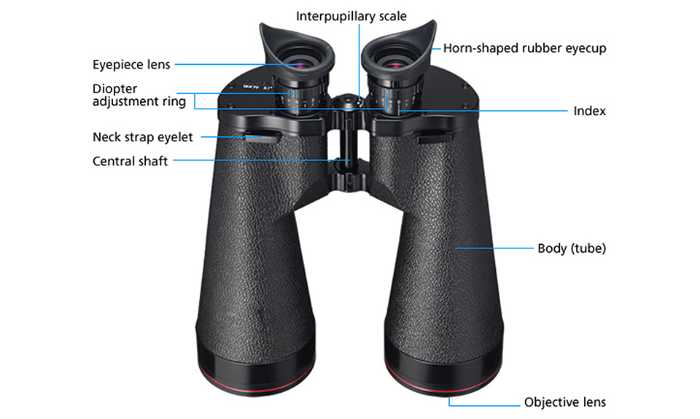
Also, check out some other informative articles:
